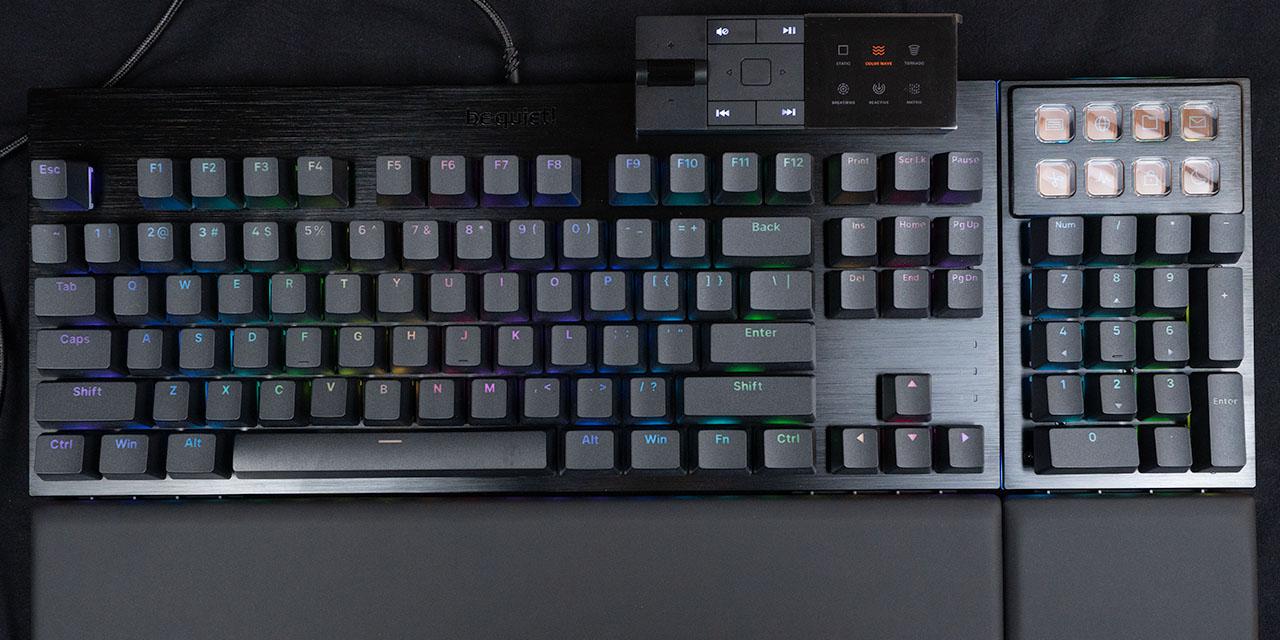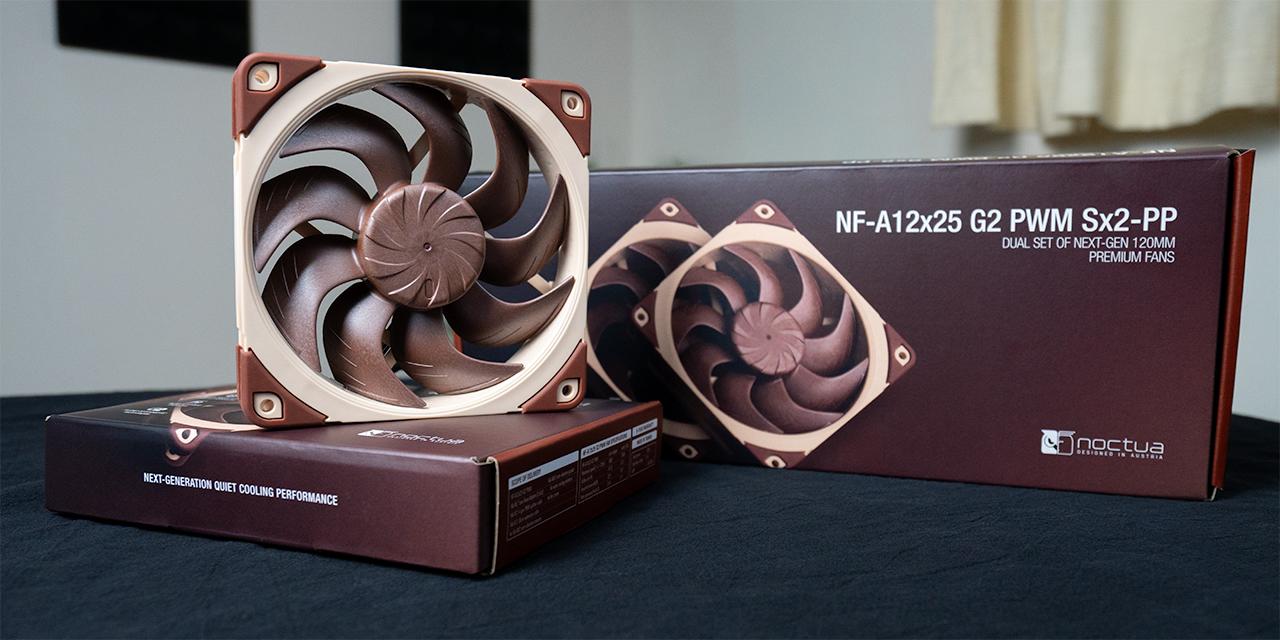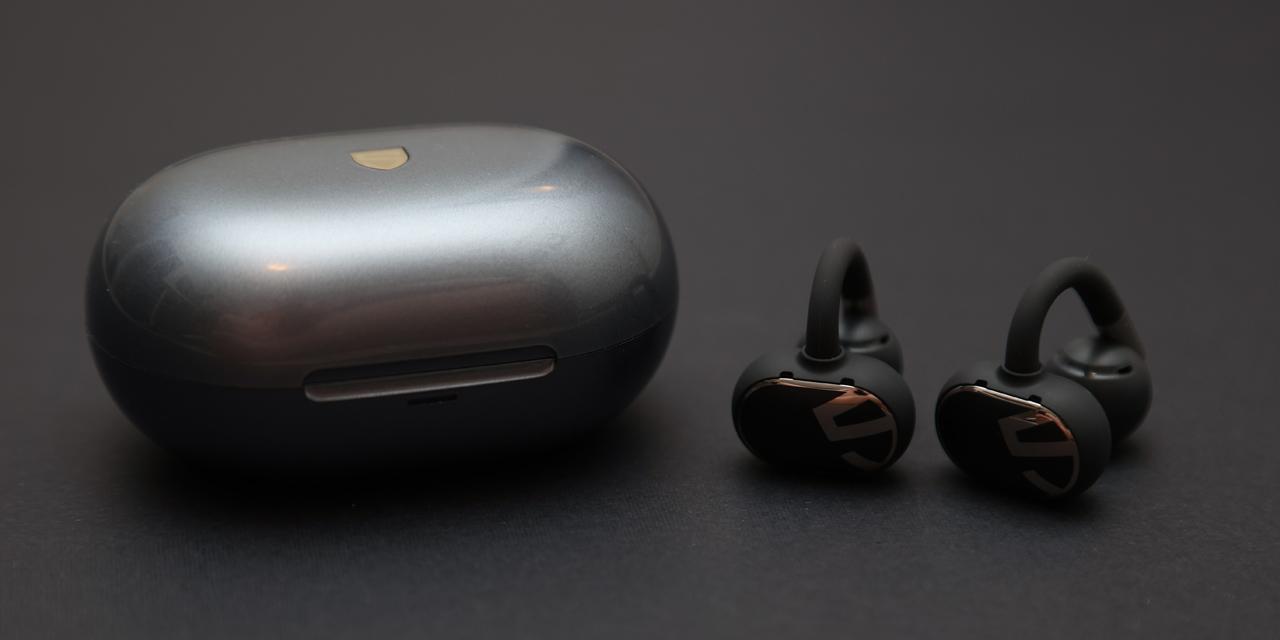Page 3 - Physical Look - Inside

To get inside the SilverStone SETA A2, you will need to remove the two side panels. From the back, you can loosen the single captive thumbscrew on each panel and pull the whole side out. They are sitting on a row of ball-and-socket joints at the top. The tempered glass is attached to a metal bracket, and this doubles as a frame, so you can hold onto the pane without leaving fingerprints inside. The glass also has an opaque frame around the sides for this purpose. The steel panel is held on the other side with a similar mechanism. I think SilverStone could add some padding between the glass and the rest of the case to prevent the two hard materials from knocking into each other. Otherwise, the top row attachment and captive thumbscrews addressed all the concerns I had from the previous SETA A1.
Once the panels are off, you can get a better look at the interior layout of the SilverStone SETA A2. As you already know, this case utilizes an open concept with a large set of drive cages included. The primary permanent division can be found at the bottom of the case. This sections off the power supply area from the rest of the chassis. It is not a solid division, as holes exist on this separation to allow air to pass through. The main area of the SETA A2 is where you can mount up to an extended ATX or SSI-CEB motherboard. Smaller motherboard form factors also fit here, including micro ATX and mini ITX, although you may need to move the pre-installed standoffs. All the included accessories can be found in a sealed plastic bag. Internally, everything is the same white color, which is a significant improvement over the original SETA A1. The paint on the panels is applied evenly and does not scratch off easily.

Removing the front requires a bit of caution, as there are cables running between the chassis and the front panel. These cables power and control the addressable RGB LED light strips at the front. After some careful jimmying, I was able to remove this panel to reveal the three 140mm fans hidden behind the aluminum. The specifications of the fans are not provided, but these are 3-pin voltage-controlled fans, which is a bit of a shame. Otherwise, you will see there is no mesh behind the perforations. This is a common trait across all the air vents on the SETA A2. The perforations should be fine enough for larger particles, but smaller dust can still get through here and accumulate inside, so I would prefer a slightly finer mesh on all the vents.

Inside, the first thing I will point out in this back area is the large opening behind the motherboard area. This is useful when installing third-party coolers, as you can change the mounting mechanism while keeping the motherboard installed. There are multiple openings above the motherboard to route cables here with rubber grommets. These holes extend down far enough to support back connectors, which are becoming common on new motherboards. At the top, there are rails to install cooling options. According to SilverStone, you can mount up to a single 420mm radiator or three 140mm fans here. However, in my testing, there is not enough space to fit a 420mm radiator at the top, as it will span longer than the case allows. You may also need to remove some of the drive cages at the front to put cooling here, but I am still glad to see support for such cooling options. The top exterior panel can be popped off for better accessibility while installing your system. At the back is another ventilation spot to place a 120mm or 140mm fan. A fourth 140mm fan is installed for exhaust, and it is the same model as the front fans.

Down at the bottom, there is a total of eight expansion slot covers, which is usually an indicator of a full-tower case. However, SilverStone calls this a mid-tower enclosure. Regardless, the slots are attached to a large bracket that can be removed and rotated if you are looking to mount your graphics card vertically. You will need to obtain extra accessories to do this, but I do appreciate the flexibility. At the bottom, there is a division between the power supply and the rest of the chassis. There are ventilation holes on the shroud to allow for air to pass through. There are mounting points to install a pair of 120mm fans to provide better airflow through the division. You can also mount up to three 2.5" drives on this shroud. There are more routing holes to pass through cables at the bottom. This is likely where you will direct the front I/O cables and the video card power. I appreciate the rubber grommets here too.

At the front of the SilverStone SETA A2, there is a whole stack of drive cages here. A total of four cages with two sleds each make up a maximum capacity of eight 3.5" or 2.5" drives. You can also install an additional 2.5" drive on the top of each cage, although if you stack them like you see in the picture, you will only be able to access the top one. You can remove one at a time, but they are all attached to a single metal frame, and this frame is attached to the rest of the SETA A2. As such, if you are mounting cooling on the side, you will need to take the entire frame off to access the rails.
At the front area, there are rails on both the front and side to install up to three 140mm fans or a single 420mm radiator. There is more than enough height to ensure the largest size radiator can fit here without any issue. Once again, you will need to remove the complete set of drive cages to get access here. Next to the storage area is a single piece of metal with multiple portions attached. This is a video card bracket that supports your GPU. It is nice to see one included with the SETA A2. Finally, there is a row of cable management holes with rubber grommets lining them to hide cable clutter. These holes are wide enough to also support back power connections on your motherboard.

On the back side of the SilverStone SETA A2, all the cables are white in color, except for anything connected to the integrated fan and lighting controller. The cable selection for I/O is standard, including a USB Type-C header, USB 3.0 header, front panel audio, and front panel pins all attached to a single header. As for the controller, I appreciate seeing one at the top, as it is hidden away and occupies a space that is not always utilized. Unfortunately, there are some worrying signs about this controller. The header that connects to the motherboard, while it is a PWM header, it only connects with three wires and omits the TACH or sense pin. As such, although the controller can be used with voltage-controlled fans, when they are in use, they will always spin at maximum speed all the time. It would be nice if SilverStone fixed this on their controller, but they also should have included PWM fans with their SETA A2 in the first place to avoid this issue.
Moving on, you can see the front area where the ventilation and drive cages exist is close to the side panel, so you will need to route any drive cables to the side. In the middle of the SETA A2, there is a cabling area with three plastic cable collectors. This holds all the cables by default and contains them in an area that does not easily get tangled. Another pair of plastic holders are on the back side of the SETA A2. SilverStone has also included a pair of white Velcro straps to further aid with excess cables. With all these holders in mind, I did not need any more cable anchor points, although some may want some. In terms of cabling space, there is a total of 32mm, which is sufficient for most thick cables.
Near the motherboard backplate cutout, there is a pair of drive trays, both attached to the SETA A2 with captive thumbscrews. Altogether, these trays can accommodate up to four 2.5" or two 3.5" storage options. In total, the drive capacity for the SilverStone SETA A2 is impressive with up to sixteen 2.5", ten 3.5", or up to a combined fourteen drive locations. Like the recently reviewed SETA H2, the drive storage locations make the case a solid option for a home server use, even if this case does not support as large of a motherboard. Finally, at the bottom, we have the power supply basement area. There are two strips of padding to ensure the power supply does not vibrate against the rest of the case.
Page Index
1. Introduction, Packaging, Specifications
2. Physical Look - Outside
3. Physical Look - Inside
4. Installation and Conclusion





